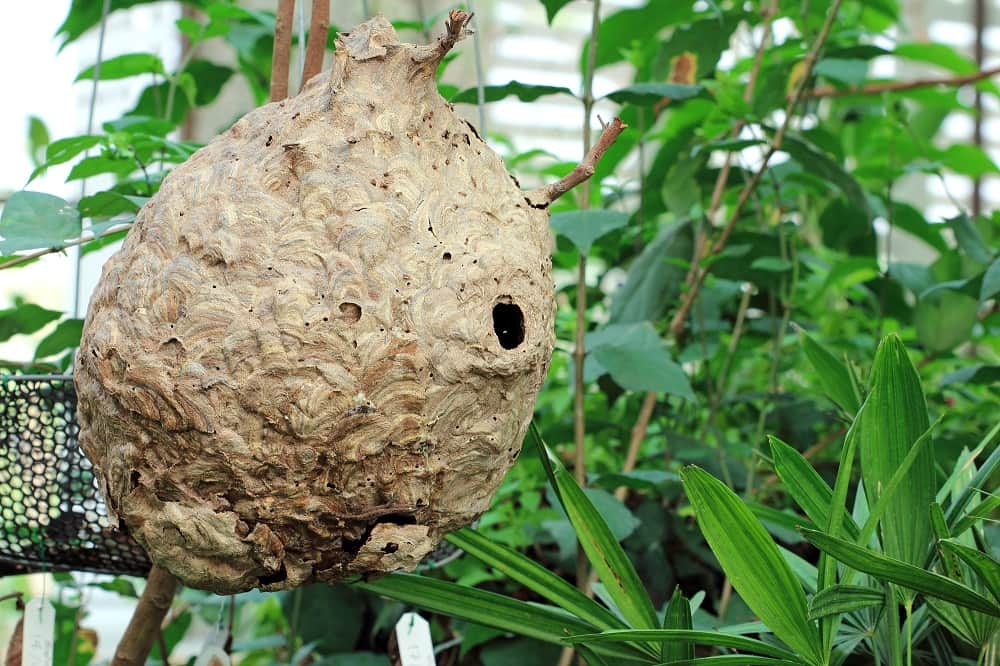Summer brings wasps into your home or garden; as the heat wanes and we enter fall, they go a little berzerk, making their sting more of a concern. How do we combat these little buggers? Unless you have a major problem with a nearby nest (in which case, waste no time calling pest control experts), there are a few things you can do to dissuade them from bothering you.
Here are some reasons wasps are drawn to areas where human reside, especially patios and garden areas. After that, we’ll discuss what to do if you have serious wasp issues.

- Food – Wasps are drawn to the scent of food. During spring and summer, wasps are attracted by food packed with protein. If you are in having a backyard barbecue, expect wasps to find their way to you and your guests. Try covering food when you aren’t eating or serving. You can buy netted “tents” to cover food at your local hardware store and other retailers, but they only protect the food — they don’t hide the scent.
- Sugar – Wasps have a bit of a “sweet tooth.” In the latter part of summer months, wasps are drawn sugary foods. They are attracted to fruit, fizzy drinks, nectar, juices, sweet alcoholic drinks, and other beverages. Place a cardboard coaster on your drink to prevent a nasty surprise the next time you sip!
- Nectar – Wasps do play a part in pollination. Flowers and plants with bright colours (particularly white and yellow, for some reason) attract wasps. They are attracted to flowers and feed on their nectar.
- Water – Wasps go to gardens, yards, porches, and restaurant patios to drink standing water from buckets, watering cans, and hose pipes. They collect this moisture and use it to regulate their body temperature.
- Nests – A nice garden can be an ideal environment for wasps to live. Some of the places where they build nests are:
- holes in the ground
- in bushes
- under eaves
- inside garages and sheds
- in bark and tree stumps
- in wall cavities
- inside air bricks
- along eavestroughs

Wasp Infestation – What to Do?
If you suspect your home and/or garden may have a wasp infestation, the nest location is a priority. Carefully inspect your property to find where the wasps are living. Keep pets and children away from the nest and any other areas where they have been spotted.
If wasps fly near you, do not flap your arms or scream; this could aggravate them. Do not attempt to swat them since this can attract more wasps. Shut doors and windows to prevent wasps from getting inside your home. Food sources (including waste bins) should be moved or sealed tightly.
Never attempt to remove a wasp nest on your own, or try to “exterminate” them. You can be severely injured, or inadvertently damage your property (if the nest is in walls, etc.) Call a professional pest control company who has the right equipment and safety procedures to do the job.
Wasps: Why They Sting
Only female wasps can sting and they do so as a defense mechanism. The stinger is used to ward off insects and other predators that may threaten them or their hive. Wasps are more aggressive creatures than bees. They are easily provoked and can sting multiple times because their stinger is not barbed.
Waste no time calling for professional pest control if you have a wasp problem.
Contact the experts at JDM Pest Control for thorough wasp removal in Richmond Hill, Vaughan, Newmarket, and Aurora areas. Email us at joe@jdmpestcontrol.ca or call (416) 729-3568.
